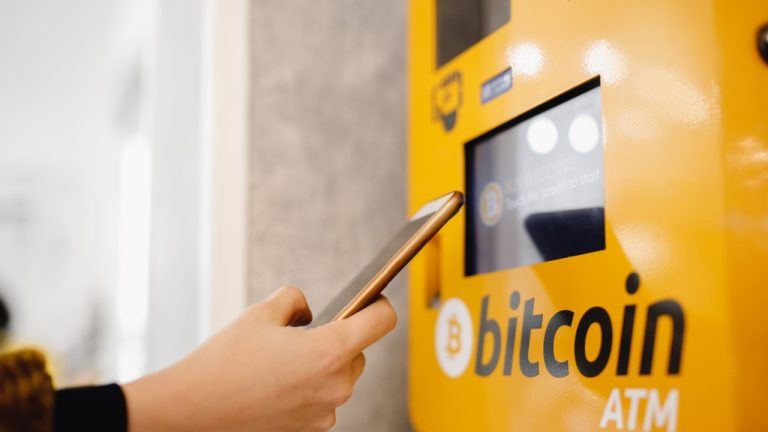
The deal aims to enable faster, cheaper payments between 27 African countries, working with three Onafriq partners.
Ripple will power new payment corridors between 27 African countries and Australia, the United Kingdom and the Gulf Cooperation Council (GCC) under a deal with African mobile payments provider Onafriq.
Onafriq will use Ripple Payments' blockchain technology along with with three partnering companies. Zazi Transfer will provide transfer services to Australia, PayAngel will serve the U.K. and Pyypl will serve GCC member states Bahrain, Kuwait, Oman, Qatar, Saudi Arabia and the United Arab Emirates.
Remittances make up a large part of cross-border payments to Africa. Ripple senior vice president of global customer success Aaron Sears told Cointelegraph:
“Sub-Saharan Africa has proven to be a bright spot of crypto adoption, with consumers in countries like Nigeria, Kenya, and South Africa employing digital assets for real-world, day-to-day purposes.”
Pyypl is already a Ripple partner in its on-demand liquidity (ODL) solution, and Onafriq is reported to have integrated ODL as well.
Related: Hashing It Out: What happens when crypto meets fintech in Africa?
Onafriq was known as MFS Africa until early November. It changed its name because of its purchase of U.S. mobile payment software developer Global Technology Partners in June 2022. MFS is a trademarked company name in the United States. Onafriq struck a deal with Western Union on cross-border transactions earlier this year.
It’s great to see you all in Dubai!
— Ripple (@Ripple) November 7, 2023
Day 1 of #RippleSwell kicks off tomorrow. pic.twitter.com/QTVGniRlBx
Ripple Payments was known as RippleNet before its latest upgrade, which was announced at Ripple’s Swell customer event in Dubai on Nov. 8.
Magazine: Crypto Banter’s Ran Neuner says Ripple is ‘despicable,’ tips hat to ZachXBT: Hall of Flame















